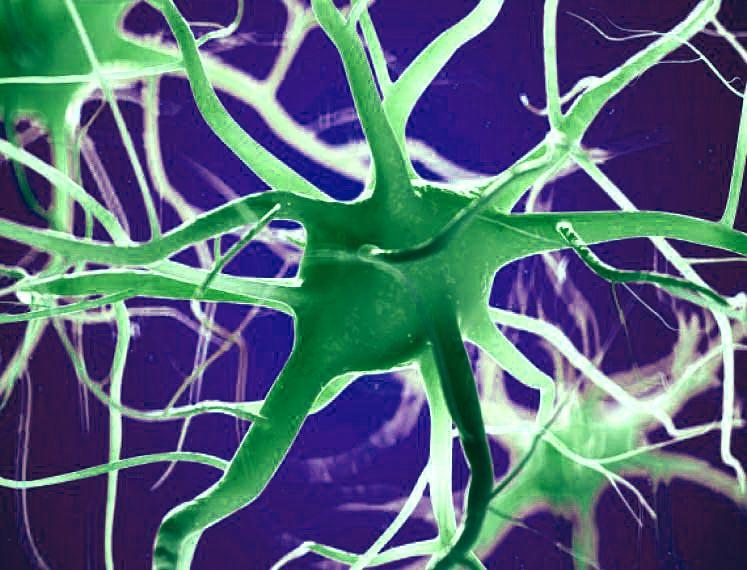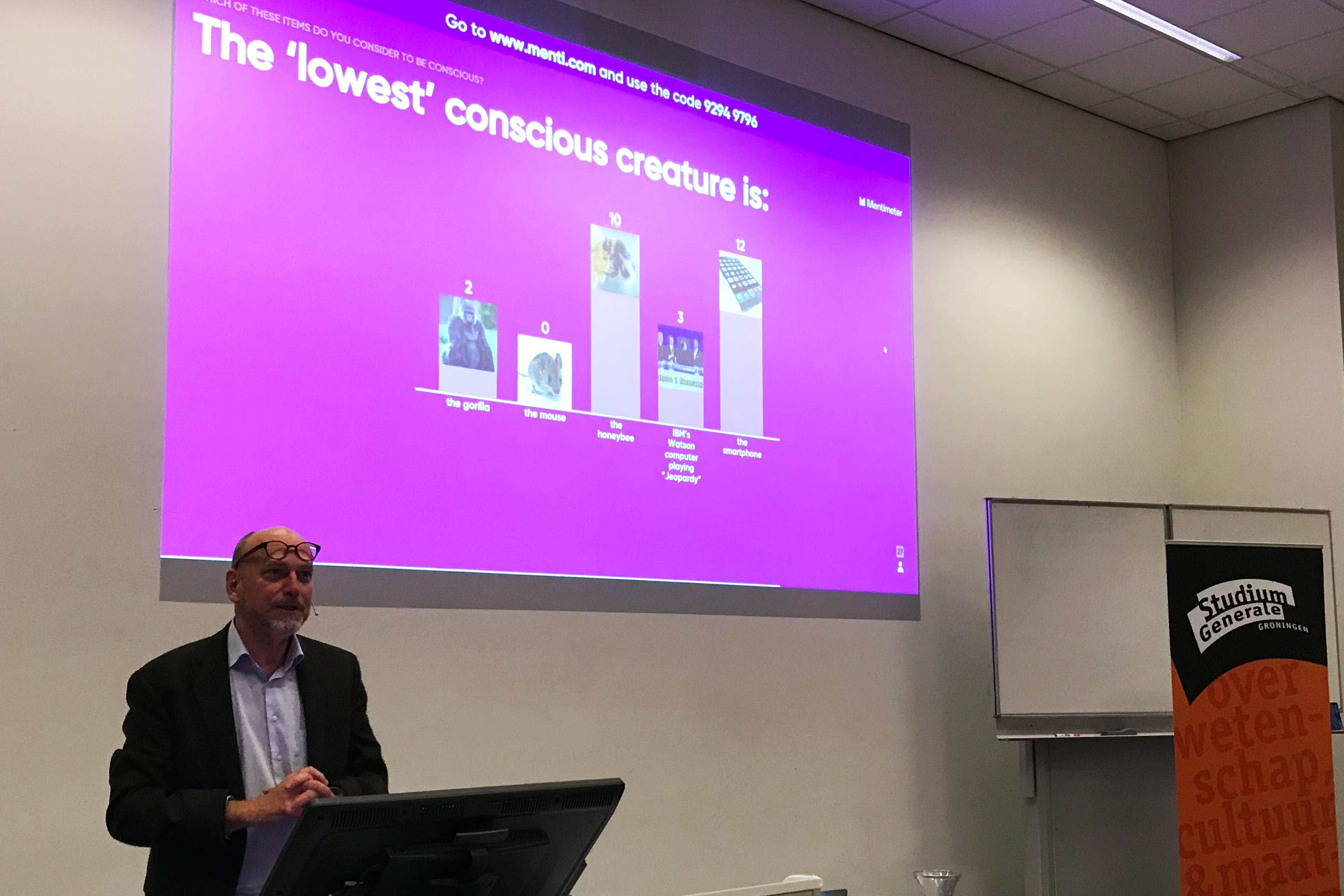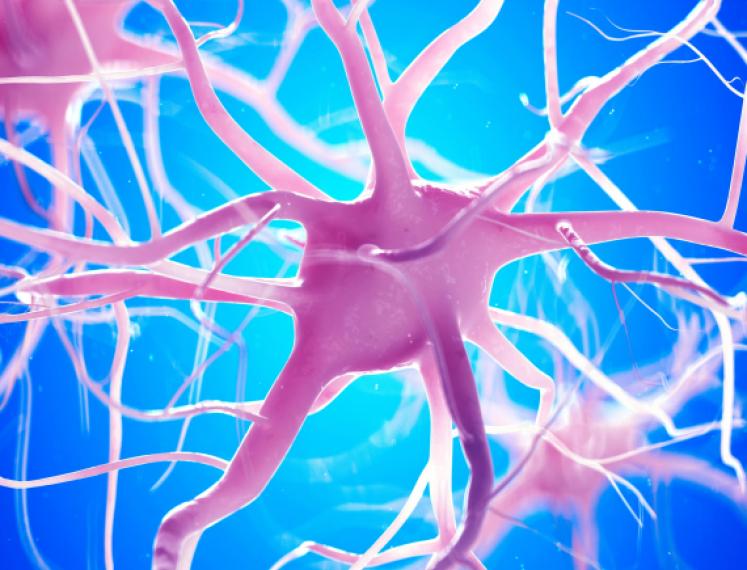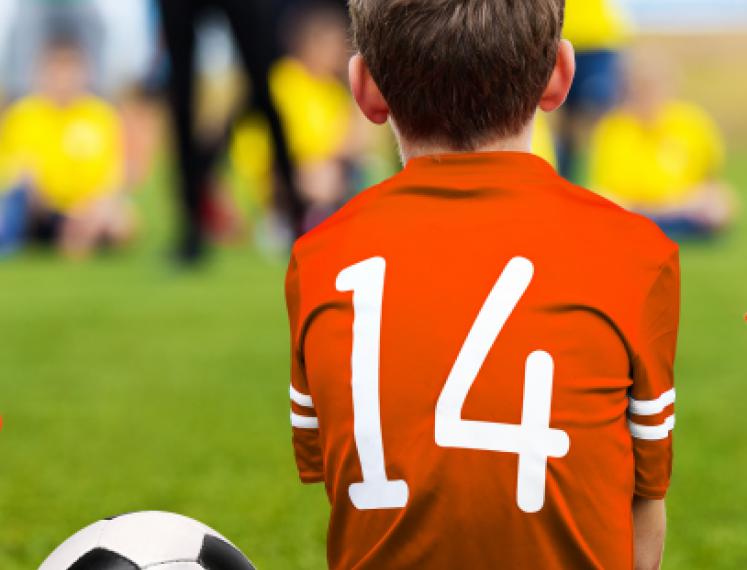
Decoding Consciousness
How can we explain consciousness? We explore this question during our lecture series On Consciousness. On April 4th, we will continue the series with Christiane de Morais Smith, but the series already started on the 7th of February 2022 with a talk by neuroscientist Cyriel Pennartz. He was introduced by Lauren Hansen-Manguikian. She studies Behavioral and Cognitive Neuroscience Research Master at the University of Groningen. During her Bachelor Biology, she did a minor in Philosophy which got her interested in philosophical questions, such as: what is consciousness? She wrote this article for BCN Magazine and allowed us to publish it on our blog.
Have you ever contemplated your own consciousness? Wondering how it is possible that neurons could produce something that is so ethereal, so subjective, and so non-physical? Then, to you, it won’t be a surprise there are people who devoted their entire career to studying this abstract phenomenon. The hard problem of consciousness is the apparent discrepancy between our subjective, non-physical, experience and our physical bodies. As the brain must produce such consciousness, it is expected that the solution to the hard problem must come from neuroscience. Cyriel Pennartz came to Groningen to shed light on the hard problem of consciousness. What does neuroscience have to say?

With an engaged and excited audience, he dives into the natural first question: what is consciousness? Instead of giving an answer, he allows you to decide this for yourself: where do you draw the line between a conscious animal and one without consciousness? If you think a gorilla is conscious but a frog is not, then maybe what is necessary for showing consciousness are the behaviours and facial expressions that show the gorilla is having an experience that we can relate to. But what if you draw the line between frogs and bumble bees? This could mean that having a brain is an important part of consciousness. The frog has one, whereas the bumble bee only has clusters of neurons called ganglia.
Pennartz goes on to describe the hallmarks of human conscious experience. We have qualitative richness: such as being able to see many colors and movement. We have situatedness: meaning we have an experience of knowing where we are in space. We have integration: our eyes, for instance, yield two images but the brain merges both into one experience.
Memory, emotions, and actions seem important for our conscious experience: but are they? Patients like H.M. with no long-term memory showed all the hallmarks of consciousness, even without remembering what happened more than two minutes ago. Animals who have had their amygdala removed don’t show the emotion of fear - but they clearly still perceive, integrate, and know where they are. As for our actions, patients with locked-in syndrome who have recovered tell us that they were very much aware of everything going on - without being able to move a muscle.
Cyriel Pennartz proposes that consciousness has a very important function: it allows us to have planned and goal directed action. Our brain absorbs visual information via photons hitting our retina, then that information is propagated to higher brain areas such as the primary visual cortex. This allows us to generate predictions of what may exist out there in the world that our brain cannot directly experience. What is the hidden cause behind this input? From the 1970’s onward, neuroscientists have been able to use predictive coding models to recreate this process of ‘seeing’ and predicting. A computer model can hold a representation of a visual image, such as a picture of a horse, that does not literally present the horse as a picture but does contain the horse-related information. Then, the most interesting part is, via feedback prediction the model network can reconstruct a horse. This means a computer can contain a representation of something in the outside world, just like our brains can. Does this imply that with even more progress, we could have conscious computers?
This possibility shows the hard problem still persists in the background: can consciousness really be reduced to mere computation? Cyriel Pennartz believes this is too simple. By describing consciousness as an emergent property of networks of neurons, it becomes something which is created by computation, but yet greater than the sum of its parts. No one neuron is conscious, but together they create a network that integrates small-scale predictions into bigger and bigger ones, which results in conscious phenomena. Thus, with enough computational power and multiple layers of networks integrating information and creating hypotheses about what is going on in the world, it could be possible to make a conscious computer. If we were to make such a computer, at what point would we know that it is conscious? These questions take much longer to answer than a one hour lecture.

The key takeaways from Cyriel Pennartz talk are:
● Consciousness is a spatially encompassing, multimodal, rich survey of the world. Not any prediction counts as a conscious one, it must have these properties.
● Consciousness is not a fixed code, but rather a process of continuous updating and reconstruction. A process which is always trying to make better guesses.
● Objective reality is not reachable. We are living in a best-guess representation world. This allows us to get as close as possible to effective actions and survival.
Cyriel Pennartz is Professor in Cognitive and Systems Neuroscience at the University of Amsterdam, where he currently leads the Cognitive and Systems Neuroscience group. He merges experimental neuroscience, computational models of brain function and theory on perception, memory and consciousness.
Still curious?
Cyriel Pennartz has a new popular neuroscience book titled: De code van het bewustzijn (meaning “the code of consciousness”) that goes over all of this in detail in a way which is suitable for a general audience. This book is in Dutch.
If you’re looking for something in English and a little more advanced, check out his 2015 book titled: The Brain's Representational Power: On Consciousness and the Integration of Modalities.
The beautiful thing about science is that it continues to evolve and update as we get new information, just like consciousness itself. Other scientists have differing views on consciousness, and this allows for a lively debate. This will eventually lead to consensus, but we are not there yet. To hear a differing view about the origins of consciousness in the brain, Studium Generale and Hendrik de Waard Foundation will host Cristiane de Morais Smith, a professor of theoretical physics. Her work tries to bridge the gap not from neurons to consciousness, but all the way from the level of the atoms that make up neurons. Could consciousness be a quantum phenomenon? Join us on April 4th to continue the lively discussion on consciousness!
Photos: Lauren Hansen-Manguikian


